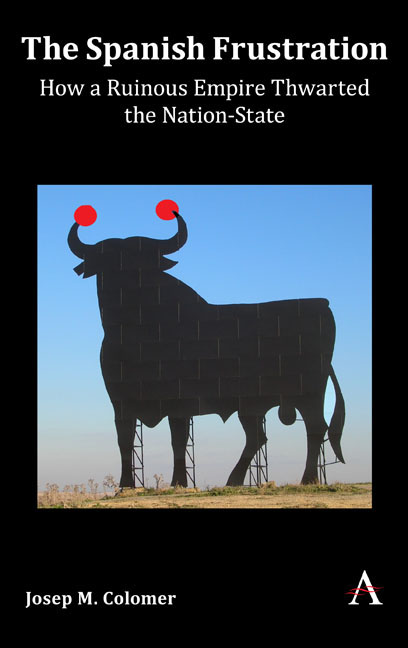Summary
As Poor as Gambia
The American Silver in Genoa Is Buried
The Spanish Fury
A Catholic Monarchy
Elected Kings with the Name of Presidents
The British Alternative
Getting Rid of Ultramaria
Rebuilding Imperial Links
The building of the Spanish Empire, which would have fatal consequences for the frustration of a modern state and nation, was an improvised adventure, without any plan or blueprint.
We could say Spanish empires in plural because the enterprise included several disparate initiatives: First of all, the empire in the Iberian Peninsula, which was never completed because Portugal retained its own institutions separately. Second, the empire formed of scattered territories across Europe, including the Holy Roman and German Empire for a while, as well as Flanders, Milan and Naples, the Free County of Burgundy and other French lands. Third, a few enclaves in Africa, including the Canary Islands, and in Asia with the Philippines. And fourth, the huge North and South American and Caribbean Empire, which was a novelty in world history, as it was separated from Spain by some 70 days’ sailing. It was the first sea-born empire.
The whole thing was the haphazard result of arranged marriages, unplanned infertilities, vicious divorces, premature deaths, arbitrary inheritances, assassinations and wars between royal rivals, violent conquests of unknown lands, accidents and mistakes, as can be seen in detail in Box 1.
In total, Spain would claim control over up to 14 million square kilometers of land— about 30 times the size of the territory in the Iberian Peninsula. Both Charles I and Philip II boasted about ruling “an empire on which the sun never sets.” This resulted from counting the distances from Naples to California and to the Philippines as if they were located within a single unit.
Box 1
Without Idea or Plan
There were several attempts at uniting the kingdoms of Castile and Leon under a single crown during the period from the eleventh to the thirteenth centuries.
- Type
- Chapter
- Information
- The Spanish FrustrationHow a Ruinous Empire Thwarted the Nation-State, pp. 5 - 32Publisher: Anthem PressPrint publication year: 2019

